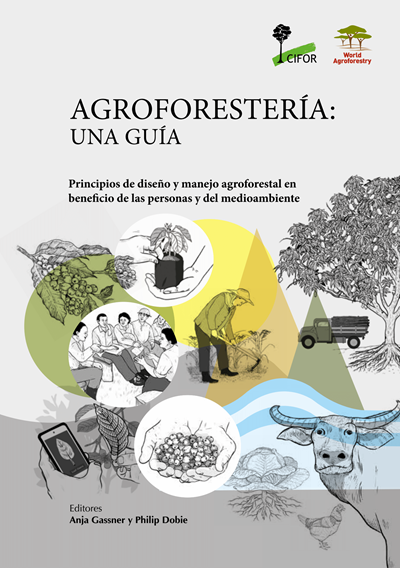Download:
DOI:
https://doi.org/10.17528/cifor/000554Puntuación Altmetric:
Dimensiones Recuento de citas:
Año de publicación
1999
Autores
de Jong, W.; Melnyk, M.; Lozano, L.A.; Rosales, M.; Garcia, M.
Idioma
English
Palabras clave
forest products industry, intellectual property rights, legal rights, medicinal plants, nontimber forest productss, policy, propagation, trade, Uncaria, uses
Geográfico
Peru, United States of America



















